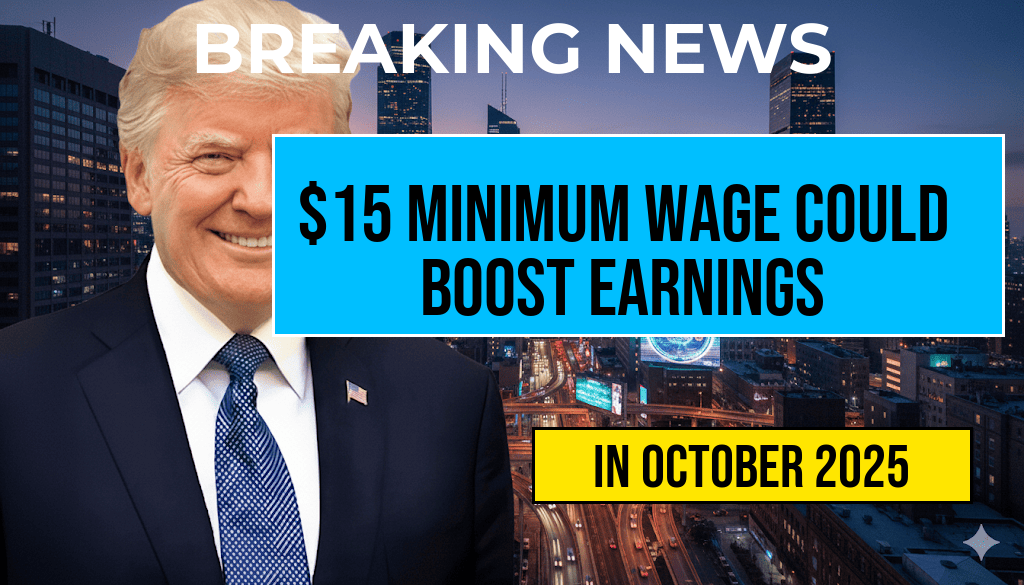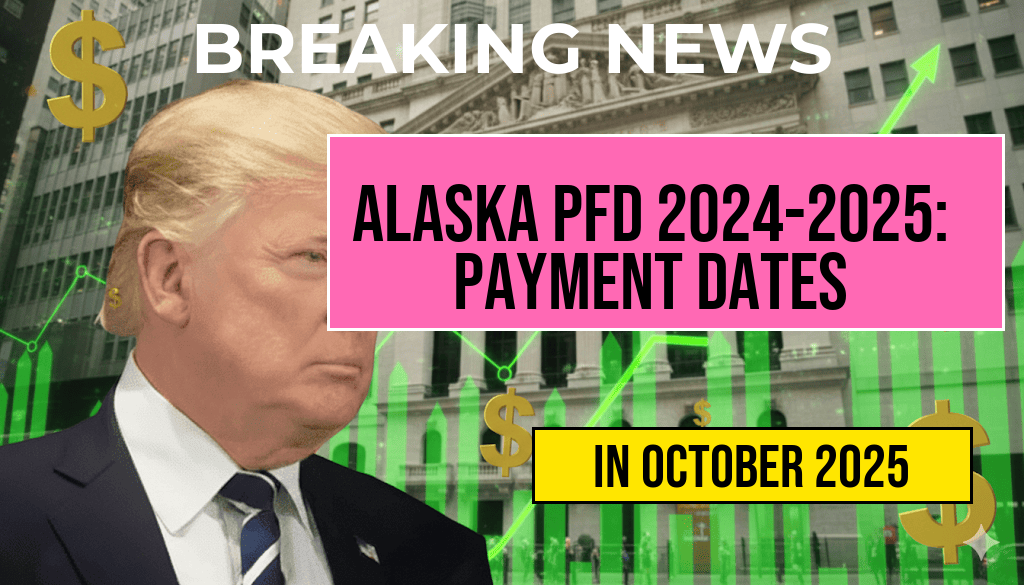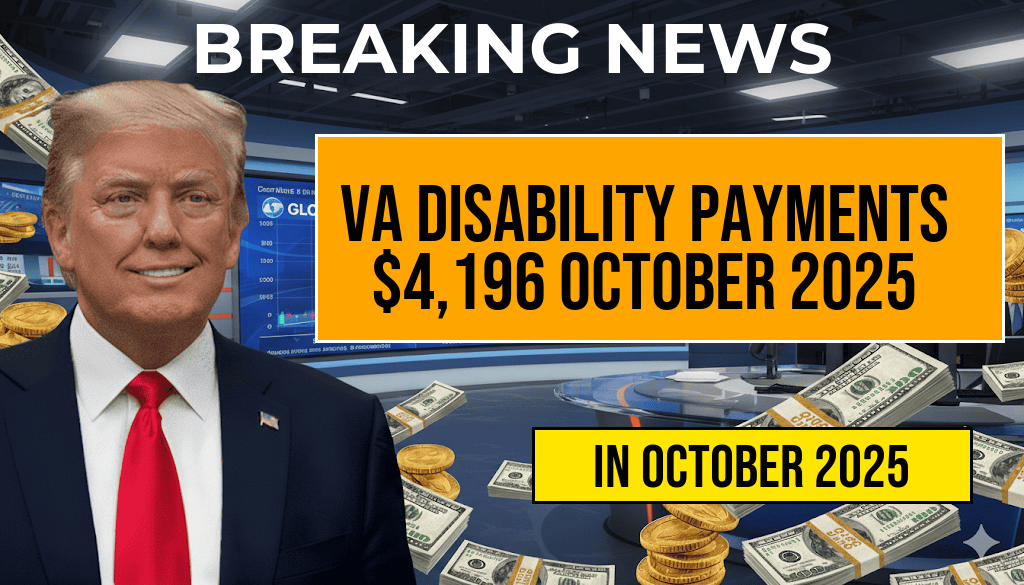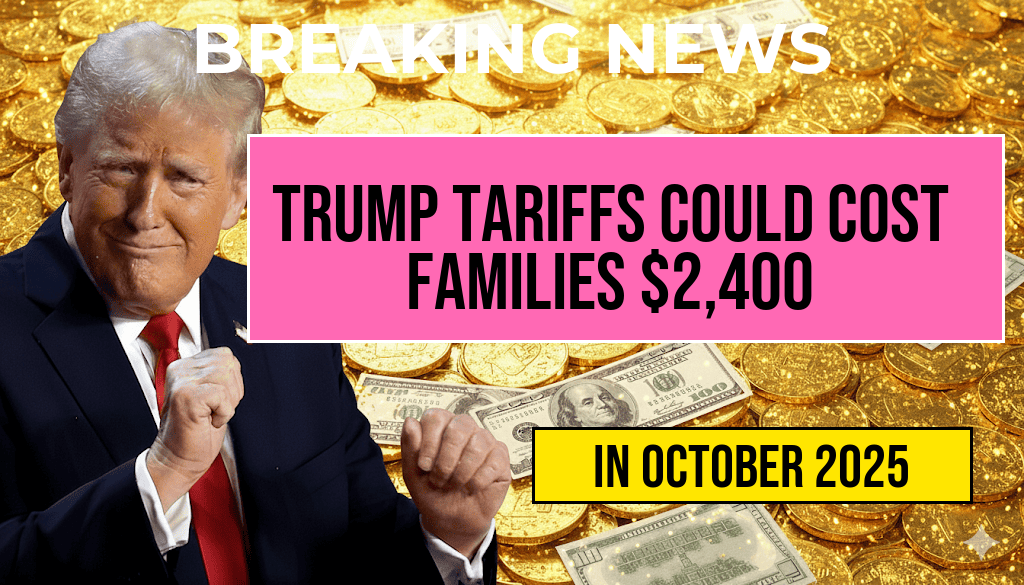The proposal to raise the federal minimum wage to $15 an hour could significantly impact millions of American workers, potentially increasing their annual earnings by an average of $3,300. According to recent analyses, approximately 32 million workers in the United States currently earn wages near or below this threshold. If implemented nationwide, this increase would not only lift many workers out of poverty but also provide a substantial boost to consumer spending and economic stability. The move has garnered bipartisan attention, with proponents emphasizing its role in reducing income inequality, while critics raise concerns about potential job losses and increased business costs. As policymakers debate the measure’s merits, understanding its projected economic effects and the demographics it would affect remains central to shaping the future of American wages.
Projected Economic Impact of a $15 Federal Minimum Wage
Estimated Earnings Boost for Millions of Workers
| Number of Workers Affected | Average Additional Annual Earnings per Worker | Total Additional Earnings (billions) |
|---|---|---|
| 32 million | $3,300 | $105.6 billion |
Analysts from economic research firms estimate that raising the federal minimum wage to $15 would increase earnings for roughly 32 million workers, many of whom are in low-wage service, retail, and hospitality sectors. The median increase per worker is projected at about $3,300 annually, which could translate into a combined economic boost exceeding $100 billion. This influx of income might also reduce reliance on social safety net programs, potentially saving federal and state governments billions annually.
Regional and Sectoral Variations
While the overall figures are promising, the impact would vary across regions and industries. Urban centers with higher living costs, such as New York City and San Francisco, would see more substantial increases in wages, aligning better with local expenses. Conversely, some rural areas or regions with lower living costs might experience smaller gains, raising questions about economic disparities within the country.
Industries that rely heavily on minimum-wage labor, such as restaurants and retail, could face increased operational costs. Some business associations warn that this could lead to reduced hiring, increased automation, or even layoffs, especially among low-skilled workers. Conversely, advocates argue that higher wages boost employee productivity and reduce turnover, ultimately benefiting businesses through a more stable workforce.
Demographics and Employment Effects
Who Would Benefit Most?
Among the population segments projected to see the greatest gains are young workers, women, and individuals without college degrees. Data from the Bureau of Labor Statistics indicates that these groups are more likely to earn wages near the proposed minimum. Many of these workers also tend to be in entry-level positions, where wage increases can significantly impact their economic stability.
According to a recent report by the Economic Policy Institute, raising the federal minimum wage to $15 could lift approximately 4 million workers out of poverty. Additionally, women constitute a large share of low-wage earners, meaning the increase could help address gender wage gaps prevalent in many sectors.
Potential Concerns and Counterarguments
Critics caution that a sudden wage hike might lead to unintended consequences, such as reduced employment opportunities for low-skilled workers. Some economic models suggest that higher labor costs could prompt employers to automate roles or restrict hiring, especially during periods of economic downturn. However, empirical evidence from states and cities that have already implemented higher minimum wages presents a mixed picture, with many studies indicating minimal or no negative employment effects.
The Congressional Budget Office (CBO) has analyzed similar proposals, emphasizing the importance of phased implementation to mitigate risks while maximizing economic benefits. Its reports highlight that, while some sectors may experience adjustment challenges, overall economic growth could be supported by increased consumer spending.
Broader Policy Context and Future Outlook
The push for a federal $15 minimum wage aligns with broader efforts to address income inequality and improve living standards. Several states and cities have already adopted higher minimum wages, setting precedents for nationwide policy shifts. The Biden administration has expressed support for raising the federal floor, citing economic recovery goals and social equity as key drivers.
Legislative prospects remain uncertain, with opposition from some congressional Republicans citing concerns over business costs and employment impacts. Nonetheless, polling data shows broad public backing for raising the minimum wage, especially among younger voters and low-income households.
As debates continue, experts recommend that any federal increase be accompanied by targeted support for small businesses and workforce training programs to ensure smooth transitions and sustained economic growth. The measure’s success hinges on careful implementation and ongoing evaluation of its economic and social effects.
For more on the economic implications of wage policy, see Wikipedia’s overview of minimum wage in the U.S. and Forbes analysis on wage increases.
Frequently Asked Questions
What is the proposed increase in the federal minimum wage?
The proposed increase would raise the federal minimum wage to fifteen dollars per hour, aiming to improve earnings for low-wage workers nationwide.
How many workers could benefit from this minimum wage boost?
Approximately thirty-two million workers across the United States could see their average annual earnings increase by about three thousand three hundred dollars.
What is the expected impact on workers’ annual earnings?
The increase to a fifteen-dollar minimum wage could boost the average annual earnings of eligible workers by roughly three thousand three hundred dollars.
Which workers are most likely to benefit from this wage increase?
Workers earning near or below the federal minimum wage in various sectors, particularly those in low-wage and entry-level jobs, are expected to benefit the most from the proposed increase.
What are the potential economic implications of raising the minimum wage to fifteen dollars?
Raising the federal minimum wage could improve living standards for millions of workers, reduce income inequality, and potentially impact business costs and employment levels, though these effects remain subject to ongoing debate and analysis.





